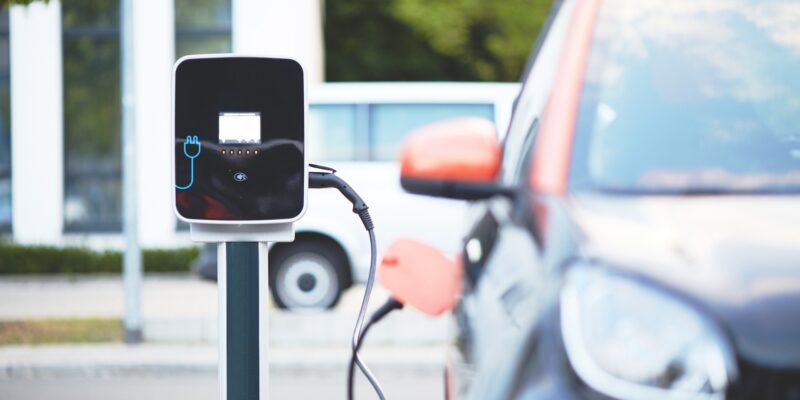What You Need to Know About Charging Modern Electric Vehicles
As more electric vehicles are being put on the road, the chances increase that you’ll buy one someday. One of the biggest comparisons when shopping for an EV model is in the range and charging time. How long will the vehicle run on a single charge? How quickly does it recharge? Where can I get it recharged when I’m on a trip? How can it charge at home? These are all important questions that you should have the answers to before you buy your first electric vehicle. Here’s what to know about charging electric vehicles in 2022.
Charging at home
You have two options for charging your electric vehicle at home. First is Level 1 charging, which uses a standard 120V outlet with the other end plugged into the vehicle. This option takes the longest for a full charge and isn’t very practical for most drivers.
The second option is Level 2 charging, which is a special charger that must be installed and comes with a 240V outlet. This charger can charge a vehicle in about 8 to 10 hours or even less, depending on the size of your battery. You can set the vehicle to charge overnight and be ready to go the next morning.
Charging on the go
Most of the time, you will only need to charge your electric vehicle at home overnight. For the majority of drivers, the range on a full charge is enough to get them to work or to run errands. However, you will need to make use of a public charging station if you are traveling a distance, such as on vacation or a business trip.
Public chargers are located all around the country, though some cities have more options than others. These charging stations offer three options with Level 1 and Level 2 charging stations being the same as what you get at home. DC fast chargers have a much faster charge time, though they don’t work with all electric vehicles. If you do have a vehicle that allows you to use a fast charger, you can get somewhere between 80 and 180 miles of charge in about 30 minutes.
The challenges of charging electric vehicles
Electric vehicles have come a long way with many models offering as many miles on a single charge as gasoline models provide with a full tank of gas. Ranges have increased to more than 300 miles in many EV models, which would be adequate for most drivers.
For people who like to travel, the improvements in charging make electric models more appealing than in the past. It’s possible to drive for three or four hours before needing to have a vehicle charged. With this range, you can stop to eat lunch or dinner while your vehicle charges. The one downside is that it still takes longer to charge a vehicle than it does to fill a gas tank. That said, you must plan your stops accordingly.
Another issue is finding charging stations. More stations are being added all the time. Most major cities have public chargers near hotels, restaurants, and other popular places. However, small towns aren’t as likely to have any public chargers, which means you must know how much charge you have left if you are traveling between large cities.
The cost of charging electric vehicles
Electric vehicles are generally cheaper to run than gasoline models. Charging at home is usually less expensive, especially when charging during off-peak hours. Some public chargers are free while others charge a fee. However, it can be the equivalent of less than one dollar per gallon. This is much less than with the traditional gas-powered vehicles.
Before you decide on an electric vehicle, make sure you understand all about charging and driving range and choose a model that fits your lifestyle.














